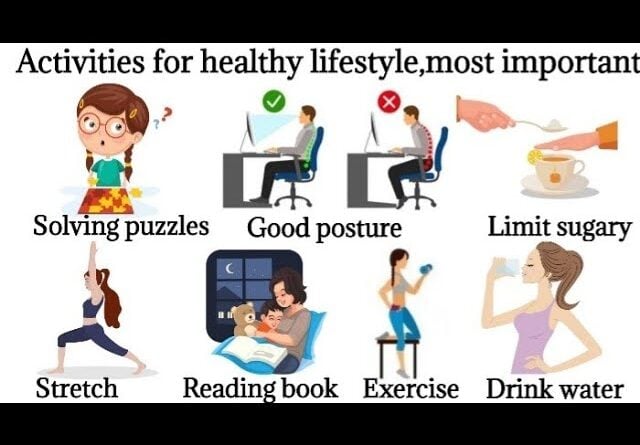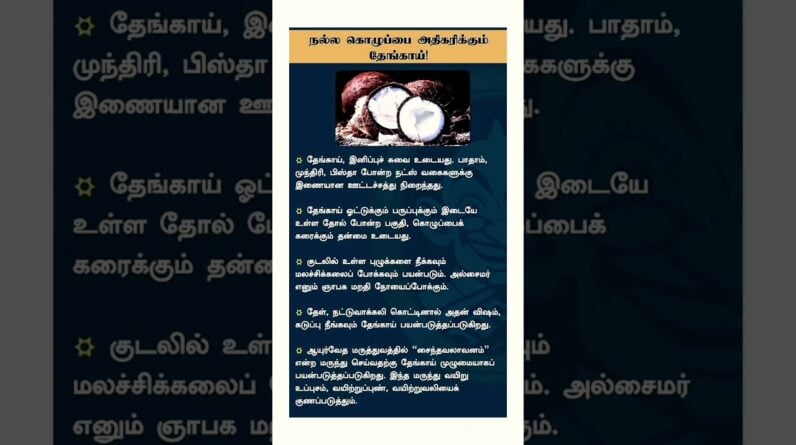
The Bread Chronicles: Unveiling the Healthiest Loaves to Satisfy Your Cravings
Understanding the Bread Dilemma
Bread has been a staple food for centuries, enjoyed in various forms and flavors around the world. However,
with the rise of low-carb diets and concerns about gluten sensitivity, many people wonder if bread can still
be part of a healthy diet. In this article, we will delve into the world of bread and uncover some of the
healthiest options available.
The Whole Grain Advantage
When it comes to bread, opting for whole grain varieties is a wise choice. Whole grain bread is made from
flour that contains all parts of the grain, including the bran, germ, and endosperm. This means it retains
more nutrients and fiber compared to refined grain bread.
Whole grain bread is rich in vitamins, minerals, and antioxidants. It provides essential nutrients like
B-vitamins, iron, and magnesium. The high fiber content aids digestion and helps maintain a healthy weight.
Additionally, it can reduce the risk of heart disease, type 2 diabetes, and certain types of cancer.
Exploring Gluten-Free Options
For individuals with gluten sensitivity or celiac disease, finding gluten-free bread options is crucial.
Gluten is a protein found in wheat, barley, and rye, which can cause digestive issues and other health
problems for those who are intolerant.
Fortunately, there are numerous gluten-free bread alternatives available. These include bread made from
grains like rice, quinoa, amaranth, and millet, as well as nut and seed-based bread. It’s important to read
labels carefully to ensure the bread is certified gluten-free and produced in a dedicated gluten-free
facility to avoid cross-contamination.
Healthy Bread Choices for Every Craving
Now that we understand the importance of whole grains and gluten-free options, let’s explore some of the
healthiest bread choices to satisfy your cravings:
1. Sprouted Grain Bread
Sprouted grain bread is made from whole grains that have been allowed to germinate or sprout before being
ground into flour. This process increases nutrient availability and reduces anti-nutrients, making it
easier to digest. Sprouted grain bread is rich in fiber, protein, and essential vitamins and minerals.
2. Sourdough Bread
Sourdough bread is made through a fermentation process using naturally occurring yeasts and bacteria. This
process breaks down gluten and phytic acid, making it easier to digest and increasing nutrient
absorption. Sourdough bread also has a lower glycemic index compared to regular bread, which helps regulate
blood sugar levels.
3. Whole Wheat Bread
Whole wheat bread is made from flour that contains the entire wheat grain. It is a good source of fiber,
B-vitamins, and minerals. Look for bread labeled as “100% whole wheat” to ensure it is made entirely from
whole grains without added refined flour.
4. Rye Bread
Rye bread is a popular choice in many European countries. It has a robust flavor and dense texture. Rye bread
is lower in gluten than wheat bread, making it easier to digest for some individuals. It is also rich in
fiber, vitamins, and minerals.
5. Gluten-Free Multigrain Bread
If you have a gluten sensitivity or follow a gluten-free diet, opt for gluten-free multigrain bread. These
bread varieties are made from a combination of gluten-free grains, seeds, and nuts, providing a diverse
range of nutrients and flavors.
Making Informed Choices
When selecting bread, it’s essential to read labels and choose brands that use high-quality ingredients.
Avoid bread with added sugars, artificial preservatives, and hydrogenated oils. Look for bread that is
labeled as “whole grain” or “100% whole wheat” to ensure you’re getting the most nutritional benefits.
Remember that portion control is key. Bread can be part of a healthy diet when consumed in moderation.
Consider your individual dietary needs and preferences when choosing the right bread for you.








